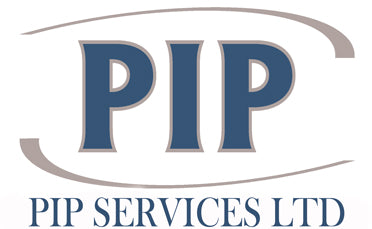Effective emergency response plans are an essential component of a safe workplace. They help minimise damage during health and safety incidents. In this comprehensive guide, we cover the key components of emergency response to help you gain a solid understanding of this cornerstone of workplace safety.
Fire Evacuation Plans
A well-structured fire evacuation plan helps keep everyone safe in the event of a fire. Here are the key elements of an effective fire evacuation plan:
- Clear Escape Routes: Escape routes should be designated and clearly marked, with no obstacles.
- Evacuation Maps: Display these prominently in accessible areas to show all exits and routes.
- Assembly Points: Designate safe areas where people can gather after evacuating.
- Fire Drills: These should be conducted regularly to ensure everyone knows the evacuation procedure well.
- Emergency Contacts: Provide a list of these, including fire departments and emergency response team members.
- Alarms: Fire alarms should be regularly maintained and tested, and they should be easy to access.
- Training: Educate employees on fire safety procedures and their roles for evacuation.
What Are the Key Steps if a Fire Occurs?
The first thing to do if a fire is detected is to raise the alarm. This should be followed by a swift and efficient evacuation of the building, during which people help those needing assistance (such as people with disabilities). Closing doors behind you is important to slow the spread of the fire, and elevators should always be avoided. Individuals should gather at designated assembly points.
First Aid
First aid can be life-saving if people are injured. Practitioners provide initial care before paramedics arrive. Here are the key components of first aid response:
- Assessment: Make a quick assessment of the situation and check the condition of the injured person.
- Call for Help: Emergency services should be contacted for severe injury or illness.
- CPR: If the person is not breathing or has no pulse, you should administer CPR.
- Treat Injuries: Whether bleeding, burns, fractures, or anything else, you should follow your training to minimise the damage.
- Reassure the Injured: Keep the injured person calm and reassure them as you wait for professional help.
What Should Be in a First Aid Kit?
A good first aid kit should be well-stocked with the following:
- Bandages and dressings.
- Antiseptic wipes.
- CPR mask.
- Gloves.
- Scissors.
- Splints.
- Burn gel.
- Emergency blanket.
Spill Response Techniques
In the event of a hazardous material spill, personnel should be trained in spill response techniques to manage the incident effectively. With the right response, you can prevent harm to people and the environment.
Let’s look at the key components of spill response:
- Assessing the Situation: You must identify the type and extent of the spill.
- Alerting Authorities: Notify the relevant personnel and emergency services.
- Evacuation: Remove personnel from the affected area to avoid exposure.
- Personal Protective Equipment (PPE): Wear appropriate PPE for the hazardous material.
- Containment: Barriers or absorbent materials should be deployed to contain the spill.
- Clean Up: Following established protocols, you should clean up the spill safely with the right equipment.
- Disposal: Contaminated materials should be disposed of in line with regulatory guidelines.
- Reporting: The spill must be documented and reported to the relevant authorities for review.
What Goes into a Spill Response Kit?
A good spill response kit should include the following:
- Absorbent pads and rolls.
- Containment booms.
- PPE.
- Disposal bags.
- Neutralising agents.
- Spill drums.
Why choose PIP Services for your health and safety consultancy?
We’re dedicated to providing the highest level of advice on all Health and Safety related matters and will assist companies in meeting their obligations. We offer a wide range of Health & Safety Services for a variety of clients. We represent many companies and deal with all of their Health & Safety matters.
We’re also an accredited CITB, NEBOSH, IOSH, IWFM & CITB training provider, as well as a ProQual-approved NVQ centre.
We also offer a business partnership programme offering a NVQ Level 6 Diploma in Occupational Health & Safety & NEBOSH General Certificate to help you become a health and safety consultant.
We are rated 4.9/5 on Trustpilot, and you can read our reviews here. If you would like to speak to us about your training needs, please get in touch using the button below.

